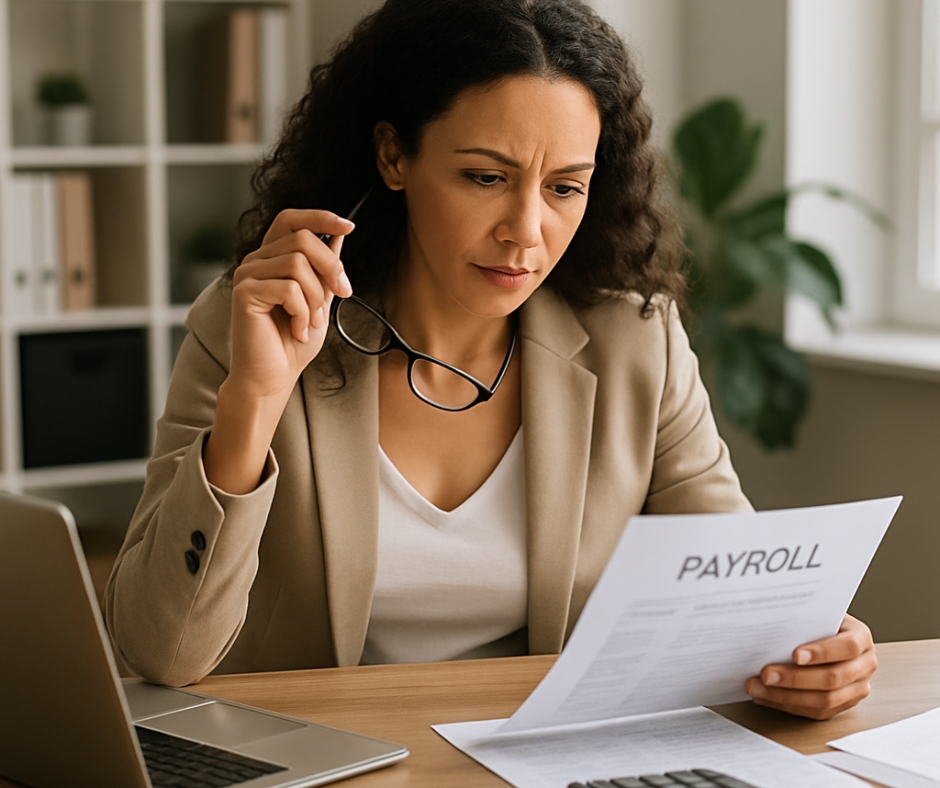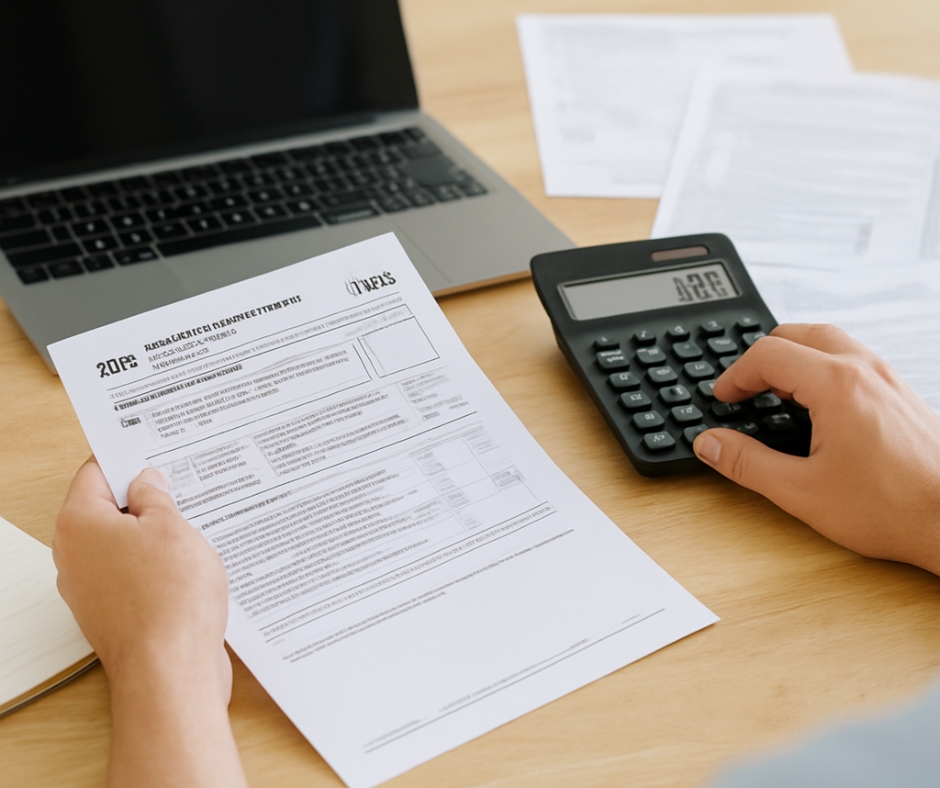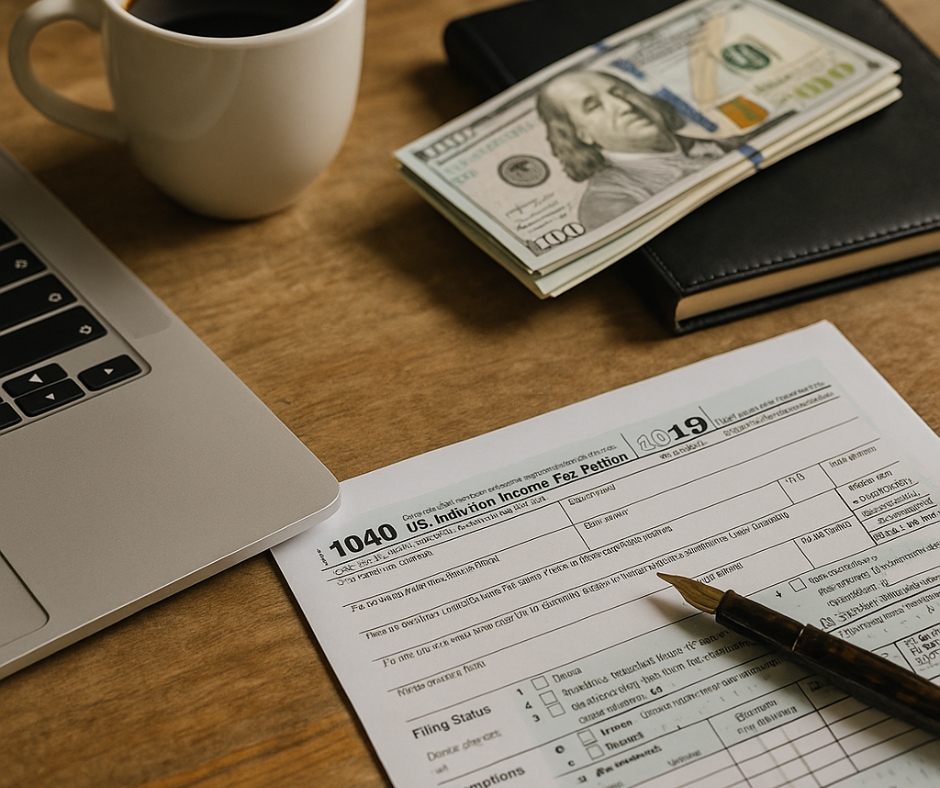🌟 Introduction
Let’s be honest—life happens. Your car breaks down, a medical emergency arises, or your work hours are suddenly cut. These financial surprises can derail even the most carefully crafted budgets. That’s why learning how to plan for unexpected expenses isn’t just a smart move—it’s essential for long-term financial peace of mind.
While you can’t control every twist life throws your way, you can control how prepared you are. In this post, I’ll break down powerful and practical strategies to help you confidently face the unexpected.
💼 Build a Bulletproof Emergency Fund
One of the first and most vital steps when you plan for unexpected expenses is to establish an emergency fund. This fund serves as your financial shock absorber—something you’ll thank yourself for later.
You might be wondering how much you actually need. A general rule of thumb is to save between three to six months’ worth of essential living expenses, such as rent or mortgage, utilities, groceries, and transportation. However, this isn’t one-size-fits-all. If your income is unpredictable or you’re self-employed, aim closer to six or even nine months.
Start small if needed. Saving even $500 or $1,000 creates a financial cushion. Open a separate high-yield savings account to make it harder to dip into and easier to grow with interest. Automate contributions weekly or monthly to build your fund consistently.
Think of this fund as a “non-negotiable expense.” Just like your bills, it deserves a permanent place in your budget.
📊 Master Your Budget Before Life Does
Budgeting is the blueprint of your financial life. Yet, so many people don’t update their budgets to reflect real-life changes or new priorities. A living, breathing budget will empower you to manage both the expected and the unexpected.
Start by tracking every dollar you spend for a full month. Use apps like YNAB (You Need a Budget), Mint, or even a simple spreadsheet. Categorize expenses into essentials, non-essentials, and savings.
Once you’ve tracked your spending, look for “leaks”—unnecessary subscriptions, luxury food purchases, or daily habits that quietly erode your income. Redirect that money into your emergency fund or debt payments.
Consider using the 50/30/20 rule as a baseline:
- 50% for needs
- 30% for wants
- 20% for savings or debt repayment
Remember, a good budget isn’t restrictive. It’s freeing. It allows you to spend intentionally and creates room for surprises.
💡 Build Smart Saving Habits That Stick
It’s easy to say, “I’ll save when I have extra.” But the truth is, saving needs to be habitual—not optional. One of the most effective ways to do this is through automation.
Set up auto-transfers to your emergency fund immediately after payday. Treat it like a bill payment—non-negotiable and recurring. Even $25 per week adds up over time.
Use savings challenges to make it more engaging. Try the “52-week challenge” where you save $1 the first week, $2 the second week, and so on. By the end of the year, you’ll have $1,378 without feeling the pinch.
Also, adopt a mindset of delayed gratification. That doesn’t mean never enjoying life—it means aligning your short-term choices with long-term stability.
🔍 Monitor and Adjust With Expense Tracking
When you plan for unexpected expenses, you need to know exactly where your money is going—especially if surprises occur. This requires constant visibility into your financial behavior.
Use apps like PocketGuard or EveryDollar to track expenses in real-time. Set limits for categories and get alerts when you’re close to overspending.
More importantly, schedule a monthly financial review. Look at your income, outgoing cash flow, debt levels, and progress toward your emergency fund. Adjust your spending accordingly.
During this monthly check-in, ask yourself:
- Did I have any unplanned expenses this month?
- Was I able to cover them without using credit?
- What can I do better next month?
When you build this monthly habit, you’ll be ahead of the game rather than reacting to it.
🛡️ Review Your Insurance Coverage
Insurance is your silent protector—until you need it. When life goes sideways, having the right coverage can mean the difference between inconvenience and financial disaster.
Start by reviewing your:
- Health insurance: Do you have high out-of-pocket maximums? Can you afford them if needed?
- Auto insurance: Are you carrying collision and comprehensive?
- Renters/Homeowners insurance: Are your belongings covered in the event of theft or damage?
- Disability insurance: If you couldn’t work for several months, would you still have income?
Don’t wait until disaster strikes. Reassess your insurance policies annually. Contact your providers and shop around for better coverage or lower rates. Sometimes, a small premium increase can save thousands when the unexpected happens.
🧩 Add Flexibility Into Your Budget
Even a perfect budget needs wiggle room. That’s why building in buffer categories is a key tactic.
Instead of allocating every cent of your income, allow a percentage to remain flexible. Call this category “miscellaneous,” “surprise fund,” or “life happens.” Use it to cover last-minute birthday gifts, appliance repairs, or surprise school fees.
Ideally, this flexible fund should hold $100–$300 monthly, depending on your income. If unused, roll it into savings or use it to pay down debt.
This budget breathing room prevents you from resorting to credit cards or personal loans when life hits you unexpectedly.
🧩 Increase Income Streams for Extra Security
When we talk about how to plan for unexpected expenses, most advice focuses on cutting costs. But increasing your income is just as powerful—and often overlooked.
You don’t need to launch a full-time business. Consider simple side gigs:
- Freelance your skills on platforms like Upwork or Fiverr
- Drive for Uber/Lyft on weekends
- Sell products online or offer tutoring sessions
Even an extra $200 per month can dramatically strengthen your safety net. Dedicate this income solely to building your emergency fund or paying down high-interest debt.
Multiple income streams reduce your dependence on a single employer and give you more freedom to pivot during tough times.
🧠 Adopt a Preparedness Mindset
Finally, the most important part of the journey: your mindset.
Instead of fearing the unexpected, embrace a mindset of preparation. Life isn’t out to get you—it’s just unpredictable. The more you plan, the more confident and empowered you’ll feel.
Talk to your family about financial goals. Practice gratitude for what you do have while preparing for what you might face. Stay proactive, not reactive.
Preparedness isn’t paranoia. It’s peace.
✅ Conclusion
To truly plan for unexpected expenses, you must blend strategy, awareness, and consistency. Emergencies may be inevitable, but financial stress doesn’t have to be.
Start with what you can do today: set up a $25 transfer to a savings account, review one insurance policy, or cut one unnecessary expense from your budget. Step by step, you’ll build the kind of financial resilience that brings freedom—not fear—when the unexpected arrives.













